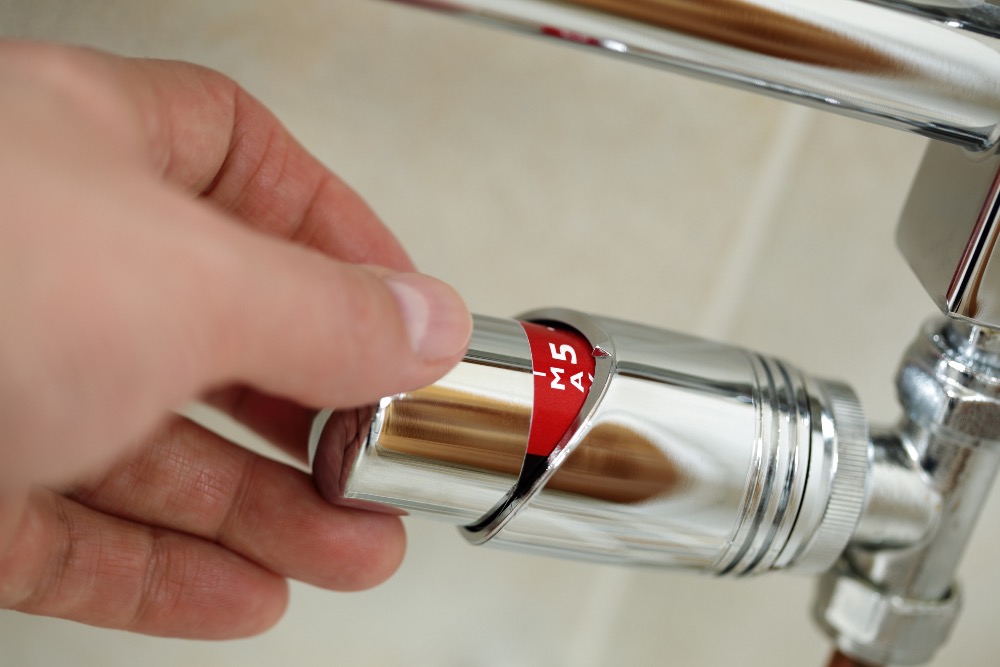Last Updated: Tuesday, 13th February 2024
Cost of Living: How to Reduce Your Energy Consumption
As the cost of living keeps climbing, it's becoming more and more important to find ways to cut back on our expenses. One of the biggest areas where we can really make a difference is in how much energy we use at home. By using less energy, we don't just save money – we also do our bit for the environment.
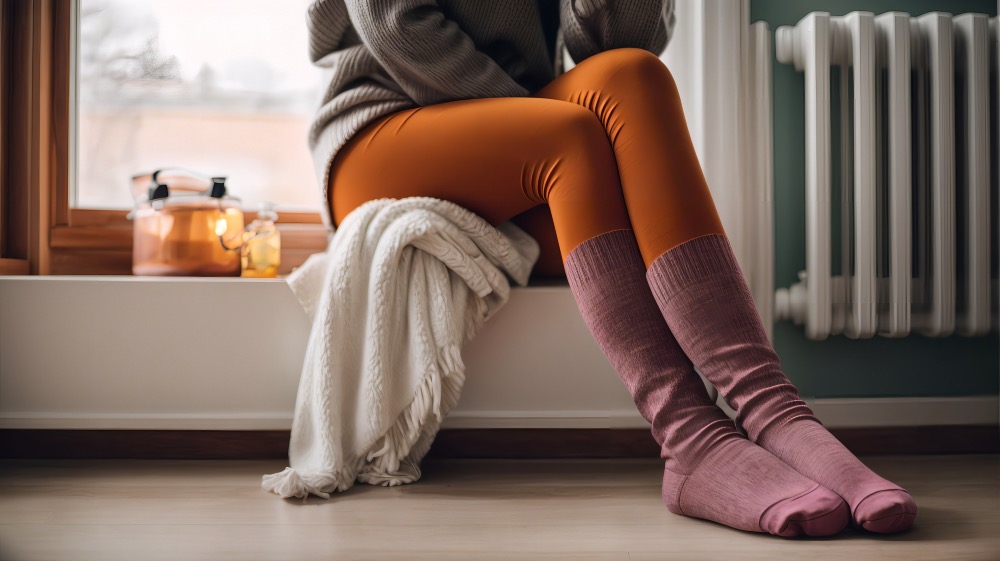
But let's be honest, some of the steps to save energy can seem a bit pricey at first. Things like upgrading to energy-efficient appliances or installing insulation can feel like big investments. It's normal to be a bit wary about spending that much. However, it's worth remembering that these changes can lead to significant savings over time. They're not just costs; they're investments in a more affordable, sustainable future.
Of course, not everyone can afford these bigger changes, and that's perfectly okay. It's important to do what you can within your budget. There's no need to feel pressured into making changes that aren't realistic for you. Every little bit helps, and even small changes can add up to big savings on your energy bills.
At the end of the day, the decision on how to reduce your energy consumption is yours. We're here to provide you with information and support, helping you make choices that are right for you and your home. With that in mind, let's dive into some practical, doable tips that can help you start saving energy today.
Insulate Your Home Properly
Insulating your home is a key step in cutting down your energy bills. When your home is well-insulated, it can significantly reduce the costs of heating in the winter and cooling in the summer. It keeps the warmth in when it's cold outside and the cool in when it's hot.

Because here's the main point – heating your home and then letting all that energy just slip away through gaps in your walls, roofs, windows or poorly insulated attics, is like pouring money down the drain. It's a total waste. That's why proper insulation is so important. It acts as a barrier, keeping the energy you're paying for inside your home where it belongs.
Now, we've got to be honest: insulating your home can be a bit of an investment. It's not always cheap. If you're attempting this, the most important areas to focus on are your attic, door frames, windows and walls. These are the big spots where heat tends to escape from your home. By insulating these areas well, you can make a big difference in how much energy you use to keep your home comfortable all year round.
Make sure your doors are well sealed
Make sure your windows are sealed
Fill in any gaps in any surface that shines through to the outer world
If replacing windows, choose double or triple glazing
Call a local expert round to perform a heat loss test on your home
Be Mindful of the cost of Heating water
sWater heating can take up a significant chunk of your energy bill. This isn't just about heating the water for your central heating system; we're also talking about the hot water for your showers, baths, taps and appliances.
To Bathe or To Shower?
The question as long as time itself.
In terms of washing, opting for showers over baths can be a smarter choice in terms of energy use as long as you don't spend longer in the shower than it takes to fill your bath (which is totally possible). The more time under the hot water, the more energy you're using. So, being mindful of your shower time can really help keep your bills down.
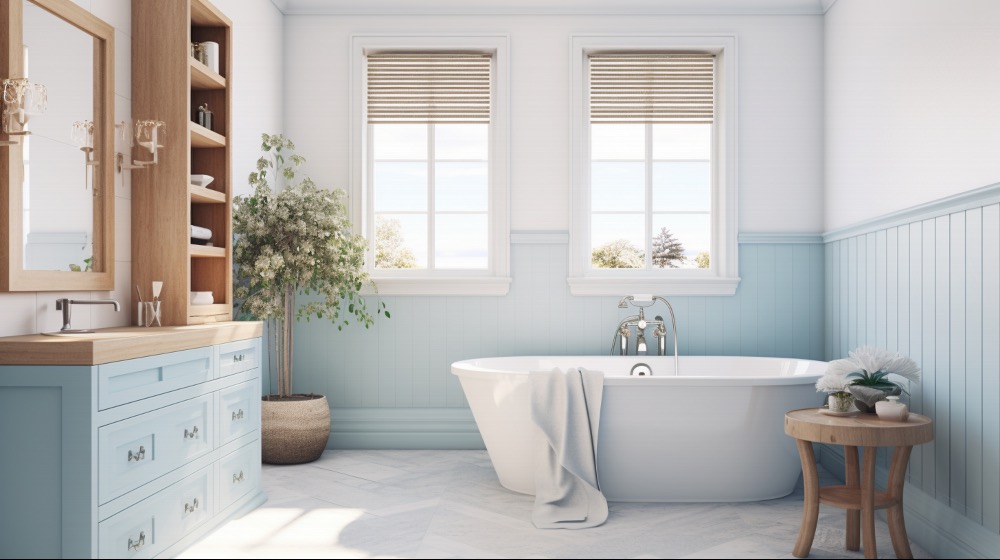
If you consider a mixer shower with hot water supplied by your boiler, and a bath that uses a hot waster tap supplied by your boiler:
A typical boiler may be rated at 24kWh.
At the time of writing, cost of gas/kWh is £0.07
Cost to Fill Your Bath
80 litre bath @ 10l/min = 8 minutes to fill your bath.
8 minutes @ £0.07/kWh = £0.22
Cost for 7 minute Shower
7 minutes (10 l/min) @ £0.07/kWh = £0.19
If you are using an electric shower however, it may be more complicated, as the cost of your electricity will be higher than that of your gas. For example, at the time of writing, the average cost of electricity in the UK was 28p/kWh. The cost of gas was 7p/kWh.
Saving on your Heating Bill
Think about turning down the temperature on your thermostat. Wear more clothing around the home. Think about adjusting your heating schedule to use less energy. These are really simple changes that can reduce your energy consumption.
Choose the right radiator
If you're buying new radiators or replacing old ones, make sure they're the right size for your space. A radiator that's too big or too small will make your heating system work harder than it needs to, which means heating more water than you need to and therefore using more energy than you need to. You can learn more about why you need to choose the right radiator here.
Regularly Maintain Your Heating System
Keeping your heating system in tip-top shape is crucial for energy efficiency. Whatever your system, regular maintenance is key. A system that's well looked after doesn't just last longer; it also runs more efficiently and uses less energy.
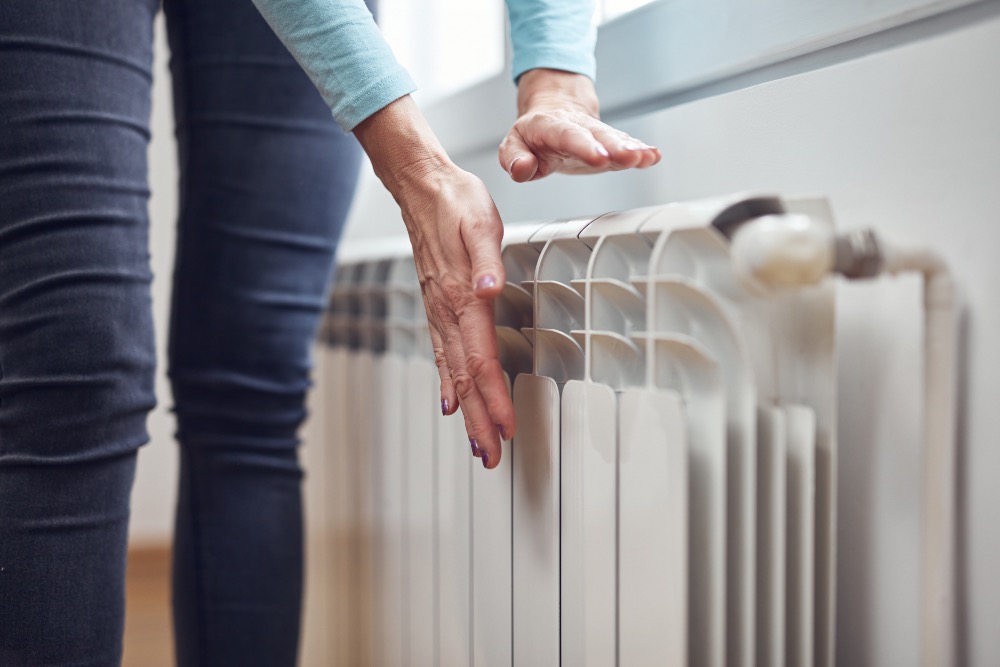
Flush Your System
Over time, your heating system can get clogged up with all sorts of gunk. This makes it work harder than it needs to, using up more energy and costing you more money. Flushing your system helps clear out this build-up and helps to ensure that you can use the full capacity of your heating system.
Bleed Your Radiators
Another important task is bleeding your radiators. This means getting rid of any trapped air inside them, which can stop them from heating up properly. When you bleed your radiators, you're making sure they can work at full capacity, heating your home more effectively.
Balance Your Radiators
Lastly, balancing your radiators is a smart move. This is all about adjusting them so that the heat is spread evenly throughout your home. When your radiators are balanced, each room gets the right amount of heat, and you don't end up wasting energy heating some areas more than necessary. Balancing your radiators is definitely a bit of a fiddle, you may want to call in a professional, but it's worth it for a more comfortable and energy-efficient home.
Use Thermostatic Radiator Valves
Thermostatic Radiator Valves, or TRVs, are a smart addition to your home heating system. They are huge upgrade on manual radiator valves and give you the power to automatically control the temperature in each room. This isn't just about keeping you comfortable; it's also a great way to save on your energy bills.
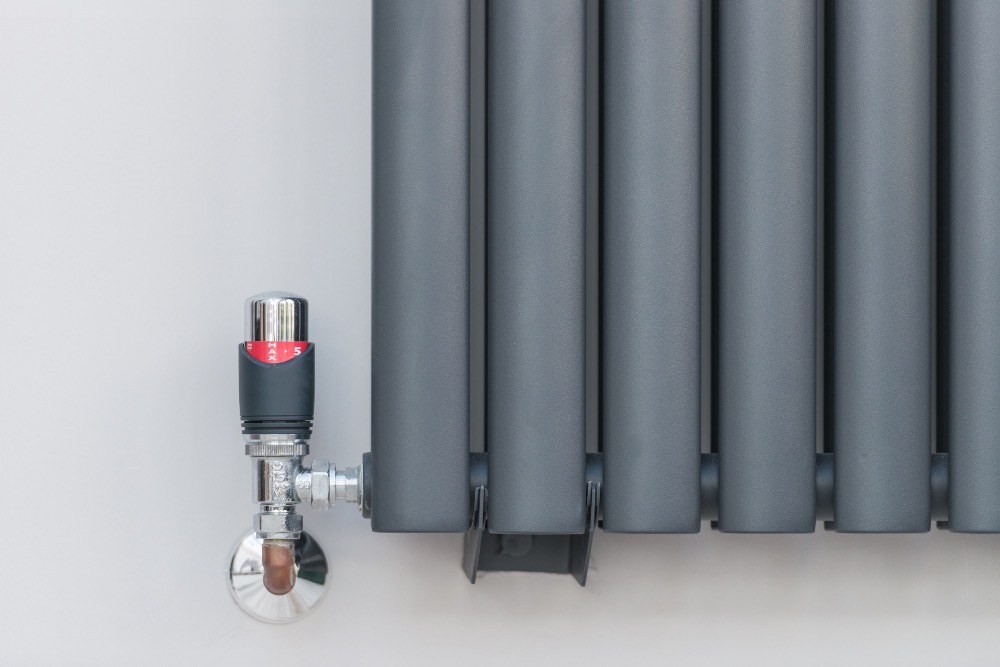
TRVs work by regulating the flow of hot water to each radiator. By setting the temperature for each room, you ensure that you're not overheating spaces that don't need it. This means your central heating system doesn't have to work as hard, only providing the right amount of hot water where it's needed. The result? You use less energy and save money.
Consider a Heat Pump
Heat pumps, particularly Air Source Heat Pumps (ASHPs), are becoming a popular choice due to their efficiency compared to traditional boiler systems. They work by extracting heat from the outside air, even in cold temperatures, and delivering it into your home. This process is not only highly efficient but also environmentally friendly.
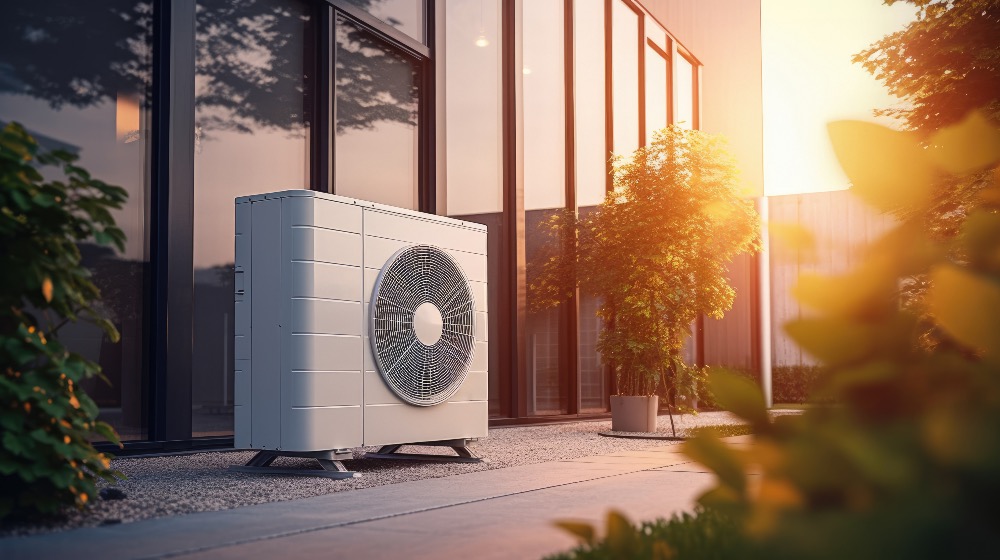
However, it's important to note that the initial cost of installing a heat pump can be quite high. Additionally, you might need to make some adjustments to your home, like altering your pipework or changing your radiators, to accommodate the heat pump.
Heat Pumps and Radiators
When it comes to integrating ASHPs with radiators, there's often a bit of confusion. The key lies in understanding the temperature difference between the two systems. Initially, heat pumps delivered heat at a lower temperature than traditional boilers, so used to need to use larger radiators to compensate. However, many radiators are already designed with a safety margin, meaning they might already be suitable for use with a heat pump. Also, the technology behind heat pumps has come on leaps and bounds.
A hybrid approach is also an option, combining the efficiency of an ASHP with the output of a traditional boiler. This can be ideal for houses with high heat demands.
Benefits of Heat Pumps
The benefits of combining ASHPs with radiators include sustainable heating, cost savings over the medium to long term, and flexibility, as modern ASHPs can work with various heating solutions, including underfloor heating and radiators.
Before making a decision, it's crucial to understand if a heat pump is the right fit for your home. The important thing is to consult with a professional before making the jump.
Smart Heating Solutions
In the quest to reduce energy consumption, smart heating solutions can be game-changers. Moving on from traditional thermostats, these technologies offer you even more precise control over your home's heating, ensuring that you use energy only when it's necessary.

At the simple end of the scale, programmable thermostats allow you to set them to turn the heating on and off based on a daily schedule of your choosing. This means you're not wasting energy (and money) heating empty houses. This simple adjustment can lead to substantial savings on your energy bills.
At the other end of the scale, modern smart heating systems can take this a step further by learning your habits, the abilities of your systems and adjust the heating automatically. Some can even be controlled remotely via a smartphone app, giving you the flexibility to adjust your home's temperature from anywhere. Some can even detect when you are not home, so not as to heat your home unnecessarily. This is not just convenient; it's also a smart way to keep your energy usage (and bills) in check.
By integrating these smart heating solutions into your home, you're taking a significant step towards more efficient energy use. It's a straightforward change that can have a big impact on how much energy you use and how much you spend on heating your home.
Use LED Lighting
Switching to LED lighting is one of the easiest and most cost-effective ways to reduce your home's energy consumption. LED lights use significantly less electricity compared to traditional halogen or incandescent light bulbs, making them a smart choice for energy-saving.
The benefits of LED lighting go beyond just energy savings. LED lights are not just more energy-efficient; they also last much longer. This means you won't have to replace them as often as you would with traditional bulbs, saving you money in the long run. They also produce less heat, which can be a safety advantage, and they offer a range of lighting options in terms of brightness and color. This means you can customize the lighting in your home to suit your needs and preferences, all while keeping your energy costs down.
Use Smart Lighting Technology
For those looking to further enhance their home's energy efficiency, smart lighting technology offers an advanced solution. This technology involves installing sensors and systems that automatically control lighting and other energy-demanding appliances in your home.
One of the most effective smart lighting solutions is the use of motion sensors. These sensors can detect when someone enters a room and turn the lights on accordingly. Similarly, when the room is empty, the lights will automatically switch off. This ensures that you're only using light (and therefore energy) when it's actually needed.
But smart lighting technology doesn't stop there. You can also find systems that adjust the lighting based on the time of day or the level of natural light in the room. This means your lights will dim or brighten automatically, providing the right amount of light and further reducing unnecessary energy use.
These smart systems do the work for you, taking the responsibility of turning lights on and off off your shoulders. They're not just convenient; they're also a great way to make sure you're not wasting energy. By integrating smart lighting technology into your home, you're making a commitment to energy efficiency and taking a proactive step towards reducing your energy bills.
Upgrade to Energy-Efficient Appliances
One of the most impactful steps you can take to reduce your home's energy consumption is upgrading to energy-efficient appliances. This is particularly relevant for the larger, more energy-intensive appliances in your home, such as fridges, washing machines, and ovens.
When shopping for new appliances, pay close attent
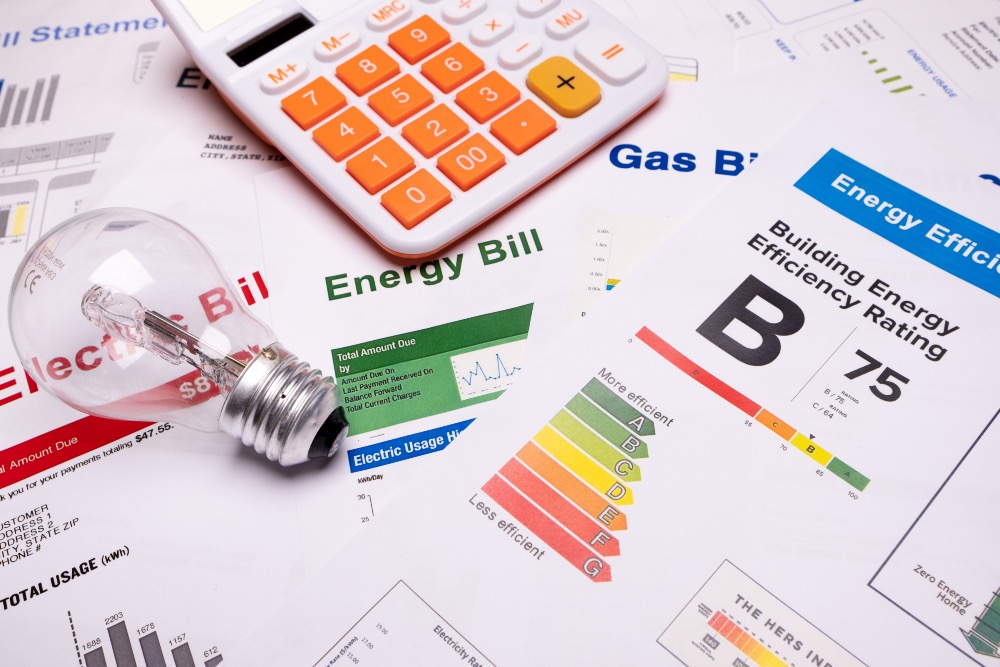
ion to their energy ratings. Appliances with higher energy efficiency ratings may cost more upfront, but they are designed to use less energy. This means that over the lifespan of the appliance, you'll be saving money on your energy bills, making it a worthwhile investment.
Energy-efficient appliances not only help in reducing your monthly energy bills but also contribute to a lower carbon footprint. By choosing products that consume less energy, you're playing a part in reducing overall energy demand, which is beneficial for the environment.
It's important to remember that while the initial cost of these appliances might be higher, the long-term savings can be significant. Over time, the reduced energy consumption can offset the initial expense, making it a financially savvy choice in the long run.
In summary, upgrading to energy-efficient appliances is a smart move for both your wallet and the planet. It's an investment that pays off by providing both immediate and long-term benefits in terms of energy savings and environmental impact.
Invest in Renewable Energy Sources
Investing in renewable energy sources is a forward-thinking step towards energy independence and sustainability. If you're in a position to do so, consider options like solar panels or small wind turbines for your home.
Solar Panels
Solar panels are the most realistic choice for many homeowners. Harnessing the energy from the sun, you are not only reducing your reliance on the grid but you can also significantly lower your electricity bills. In some cases, you might even be able to sell excess energy back to the grid, creating a potential income stream.
The initial installation of solar panels is usually a considerable investment, but the long-term savings and environmental benefits make it a worthwhile consideration. At points the government has offered incentives to get these panels on roofs, so you may want to check if any are still active. Plus, with advancements in technology, solar panels have become more efficient and affordable than ever before.
Small Wind Turbines
For those with enough space, small wind turbines can be another option to explore. They work best in areas with strong, consistent winds and can be paired with other renewable energy sources, like solar panels, for a more comprehensive energy solution.
Like solar panels, wind turbines can reduce your dependence on the grid and lower your energy bills. They're also a green energy source, producing no emissions during operation.
Both solar panels and small wind turbines represent a commitment to renewable energy, which is not only good for your wallet but also for the planet. By investing in these technologies, you're contributing to a more sustainable future and taking control of your energy consumption in a very direct way.
Implement Energy-Saving Habits
And finally, sometimes, the simplest methods are the most effective. By simply being mindful of your electricity usage and adopting a few easy habits, you can make a significant impact on your energy consumption and your bills.
Turn off lights when you're not using that room, don't leave the oven on, unplug chargers and be mindful that "standby mode" doesn't always use a little energy as you think. These habits might seem small, but when combined and practiced consistently, they can lead to significant reductions in your energy consumption. It's all about being more mindful of how we use energy daily. By making these small changes, you're not just saving money; you're also contributing to a more sustainable way of living.
Conclusion
In conclusion, tackling the rising cost of living through reduced energy consumption is not just a big financial help but also helps the environment. From insulating your home to being mindful of how much water you are heating up, each strategy we've discussed offers its own benefits and potential savings. Whether it's through simple habit changes like turning off lights and unplugging chargers, investing in energy-efficient appliances, or embracing renewable energy sources like solar panels and wind turbines, every action counts.
Remember, the journey to energy efficiency doesn't have to be overwhelming. Start with what you can manage and build from there. Every small step contributes to a larger impact, both on your energy bills and the planet. By making informed choices and adopting sustainable practices, we can all play a part in creating a more energy-efficient, cost-effective, and environmentally friendly future.
Frequently asked questions
How does insulating my home affect heating costs?
Proper insulation in your home keeps heat from escaping, reducing the need for constant heating and significantly lowering your heating costs.
Is it more efficient to use showers or baths for saving on heating?
Generally speaking, as long as you spend less time in the shower than it would take to fill your bath, you'll be using less energy.
What are the benefits of regularly maintaining my heating system?
Regular maintenance of your heating system, such as flushing and bleeding radiators, ensures it runs efficiently, saving energy and reducing heating costs.
How do Thermostatic Radiator Valves (TRVs) help in reducing heating costs?
TRVs allow you to set a constant temperature in each room, which is automatically by the TRV, ensuring efficient heating and reducing unnecessary energy usage, thereby saving on heating costs.
Can upgrading to a heat pump reduce my heating expenses?
Yes, heat pumps are more efficient than traditional boilers and can significantly reduce heating expenses, though they require a significant initial investment.
How does choosing the right radiator size impact energy efficiency?
Selecting the correct radiator size for your space ensures efficient heating, preventing your system from overworking and using excess energy.
Any more questions?
If you have any queries or questions about the products we sell, or even your next project, give us a shout! We'll try our best to give you a hand.
